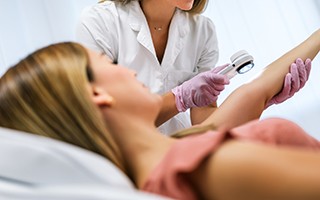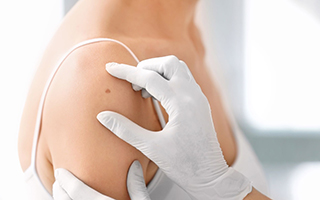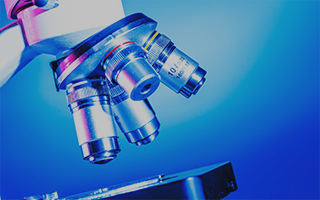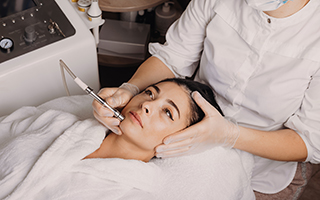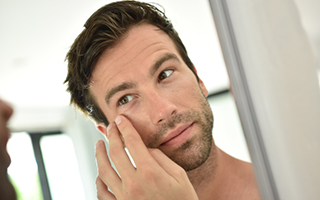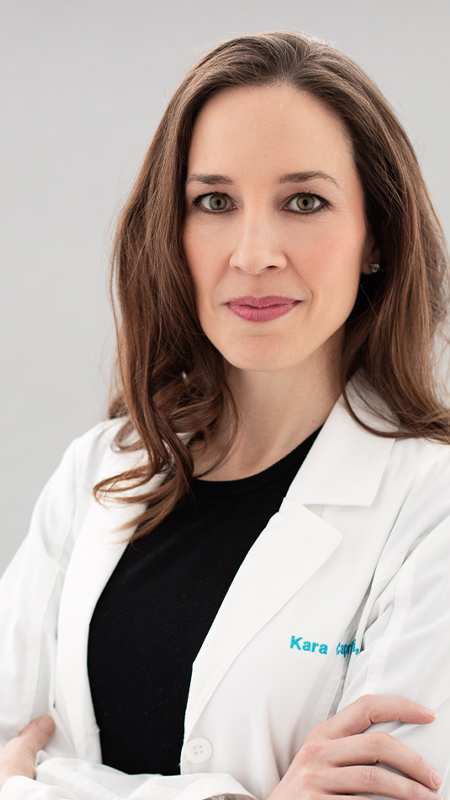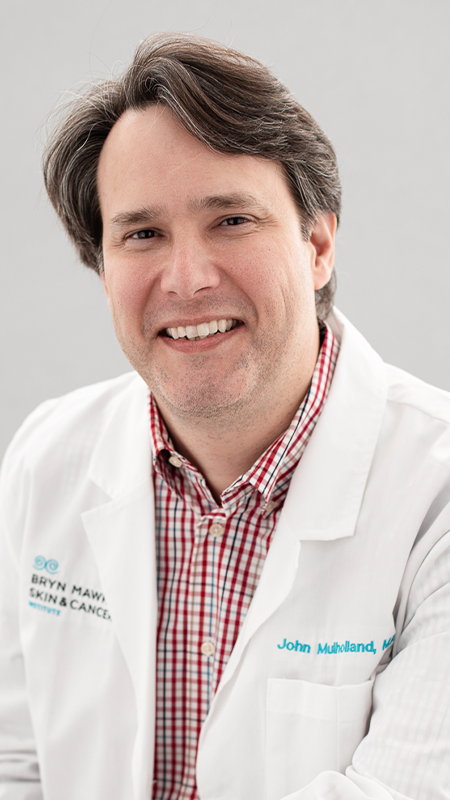Surgical Dermatology
Wart, Cyst, Mole, and Lipoma Removal for Bryn Mawr, Newtown Square, Main Line, and Beyond
- Home
- Medical Dermatology
- Surgical Dermatology
Surgical dermatology at Bryn Mawr Skin & Cancer Institute focuses on improving the health and appearance of the skin by removing unwanted lesions or growths. If an excision is performed, the resulting defect will be repaired. If the surgical defect is large and on a cosmetically sensitive area, plastic surgery may be needed to minimize the scar.
Some surgical dermatology procedures are for aesthetic purposes only, such as the removal of a benign growth on the face. Some procedures are for medical purposes, such as the removal of a skin cancer. Most surgical dermatology procedures are necessary to maintain the health and appearance of the skin.
Schedule a consultation for surgical dermatology in Bryn Mawr, Newtown Square, Philadelphia, and the surrounding area by calling Bryn Mawr Skin & Cancer Institute at 610.525.5028 or contact us online.
How Does Surgical Dermatology Work?
A dermatologist typically uses a blade, such as a scalpel, to perform the surgical excision. The skin is initially numbed with a local anesthetic in order to minimize discomfort. Surgical excisions are often closed with two layers of sutures. The internal sutures will dissolve gradually, while most external sutures will be removed in five to 14 days, depending upon the location of the treated area. Almost all surgeries are done in the office, with the patient returning home as soon as the procedure is completed.
The skin removed during a surgical excision will be sent to a dermatopathology lab for a definitive diagnosis. The dermatopathologist typically renders the diagnosis within several days.
Many surgical dermatology procedures are performed to remove benign lesions, which are not cancerous. It is important to seek care from a board-certified dermatologist who can accurately diagnose the skin condition and make the appropriate surgical treatment recommendation.
What Surgical Dermatology Options Are Available at Bryn Mawr & Cancer Center?
Cyst Removal
Cysts are sacs that fill with skin material, forming a bump. They can develop just about anywhere on the body. Surgical dermatology focuses on removing unwanted cysts that are visible or palpable on the skin.
Cystic acne is a fairly common problem, resulting from blocked pores and ruptured follicles that spread inflammation and bacteria. Because acne-related cysts extend through many layers of skin, they can leave scars. A recurring inflamed acne cyst may need to be surgically excised.
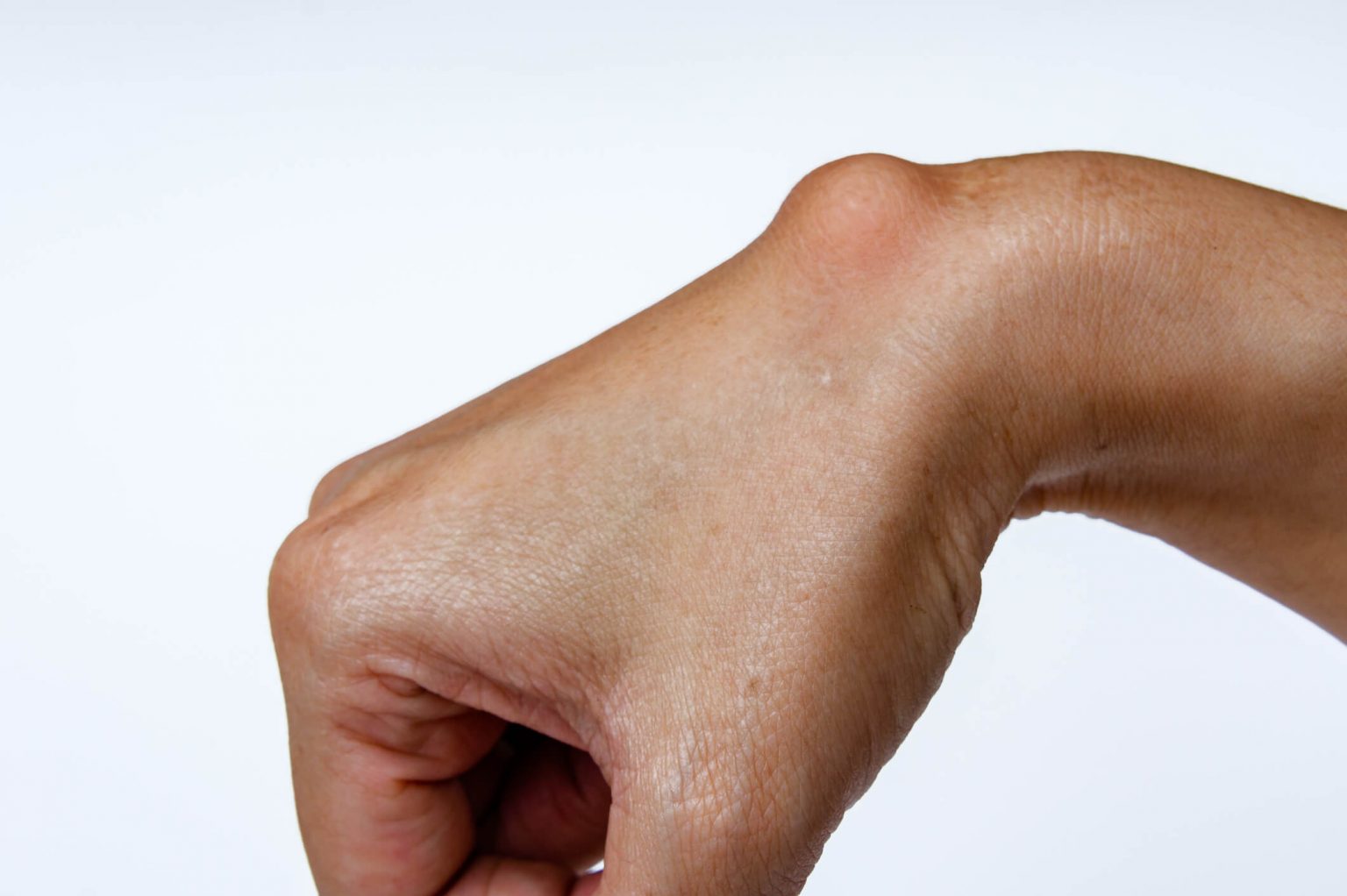
Lipoma Removal
A lipoma is a benign fatty tumor that typically develops between the muscle and skin. These rubbery lumps can grow rapidly and cause discomfort or pain. They can be removed via a surgical dermatology session that either involves an incision allowing the lipoma to pop out or a more involved procedure that includes surgical fat removal with liposuction.
Patients who have multiple lipomas have a higher rate of developing new ones and a higher rate of recurrence after surgical removal.
CLICK OR TAP TO REVEAL
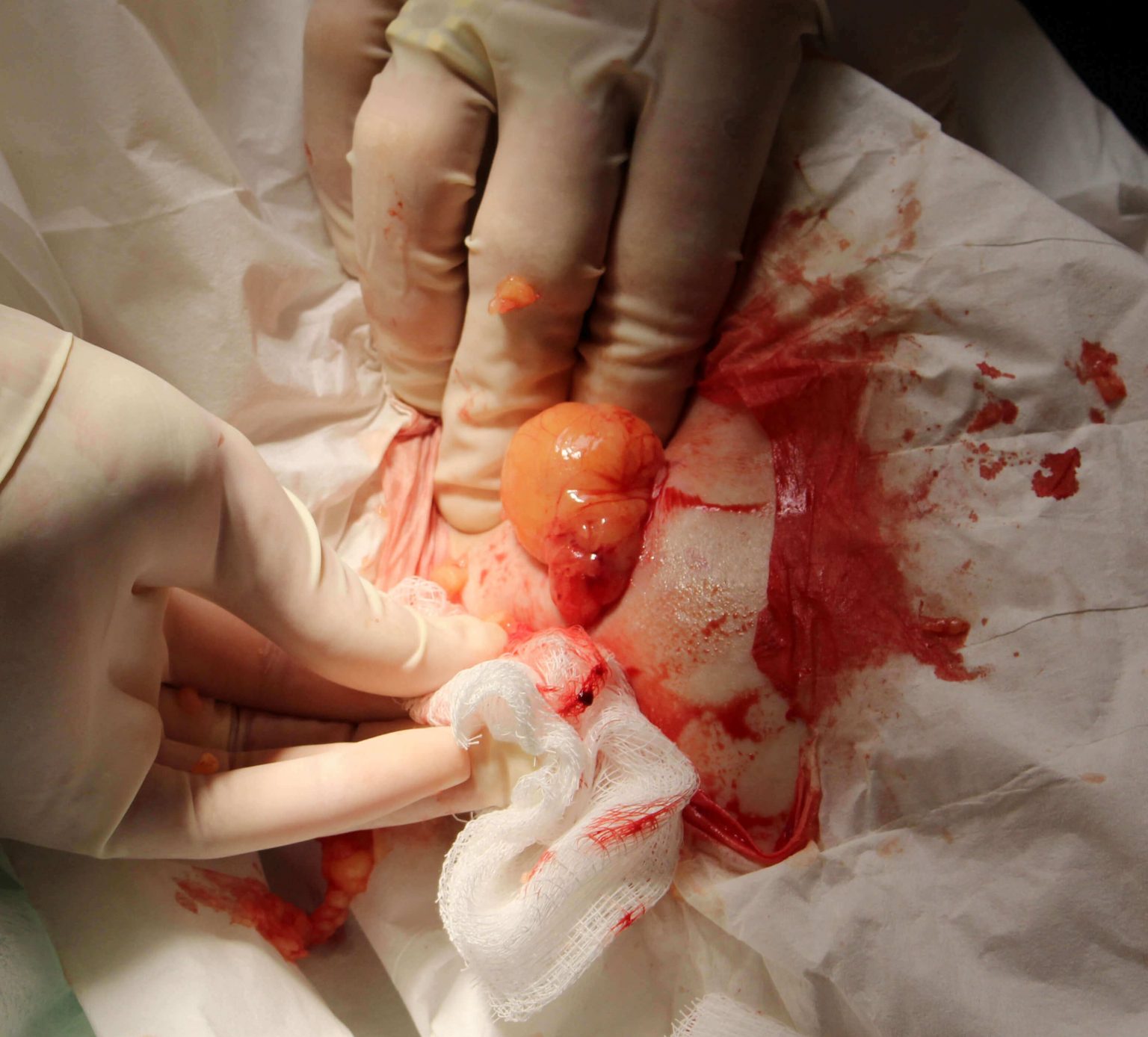
Mole Removal
Any suspicious lesion exhibiting the “ABCDEs”—Asymmetry, Border irregularity, Color variation, Diameter bigger than a pencil eraser, and Evolving through time—should be biopsied in order to rule out skin cancer. If the biopsy returns with a diagnosis of cancer, a dermatologist will develop a treatment plan based on the type and location of the cancer.
Surgical dermatology can also be used to remove moles for cosmetic reasons.
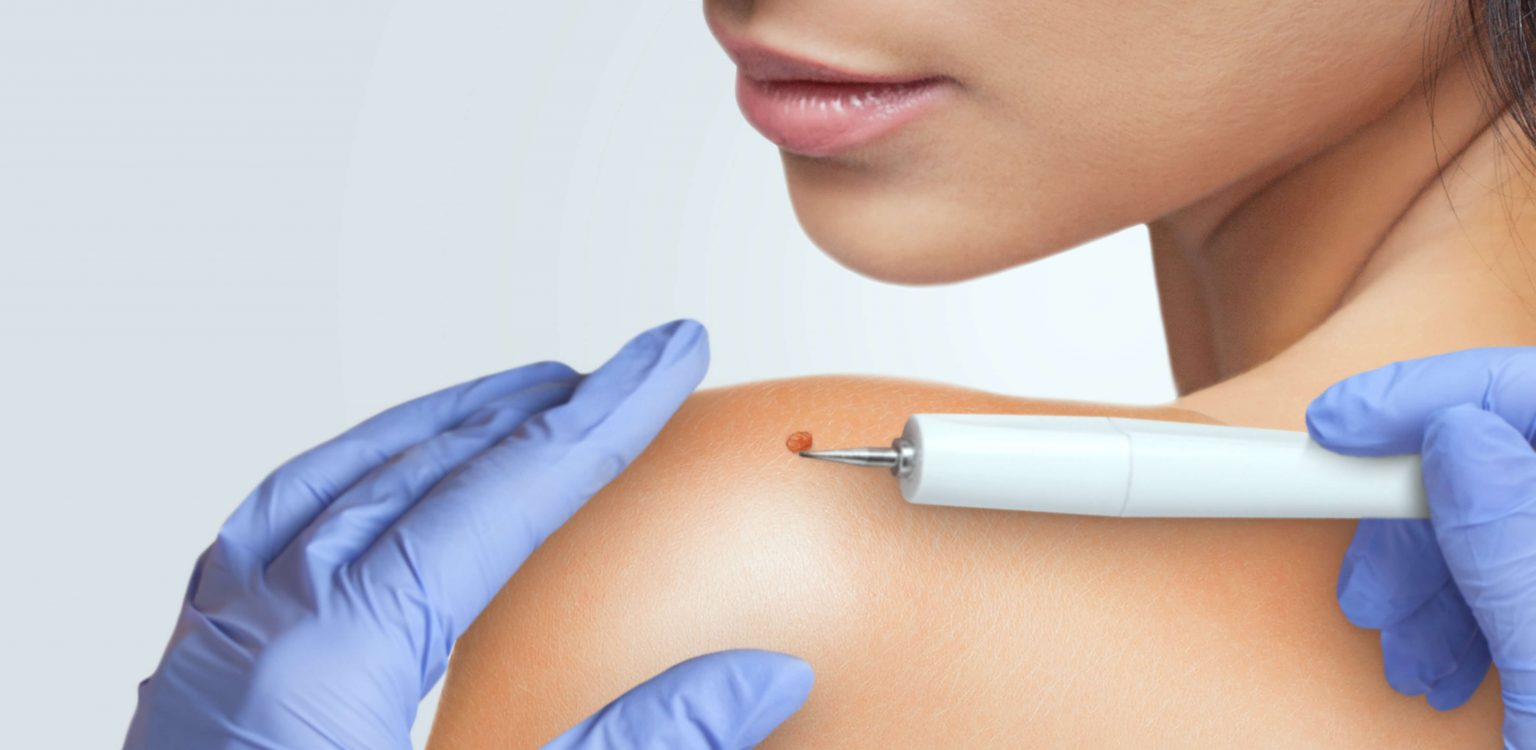
Mohs Surgery
Mohs surgery is a highly specialized type of surgical dermatology that focuses on completely removing skin cancer while preserving the maximum amount of healthy tissue. This procedure involves removing small sections of tissue until the skin cancer is completely removed. Several stages may be needed to accomplish clearance. Once the tumor is completely removed, a surgical repair will be performed.
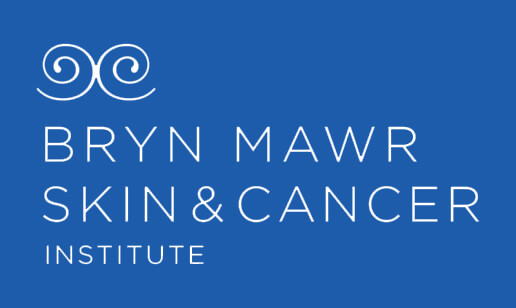
Meet Our Mohs Surgeons
Kara D. Capriotti, M.D. and John K. Mulholland, M.D. perform Mohs Micrographic Surgery for the treatment of skin cancers. Mohs is a specialized surgery technique that maximizes skin cancer cure rates while minimizing removal of healthy tissue surrounding the cancer. Superior outcomes are achieved with this “tissue-sparing” technique.
Wart Removal
Warts are contagious growths that develop in patients who have the Human Papilloma Virus (HPV). They often have a rough texture, and can form on the hands, feet, face, genital region, trunk, and extremities.
A clinical examination can confirm the diagnosis of a wart, though a biopsy may also be performed.
Warts may best be treated with application of topical medication or by freezing with liquid nitrogen. Surgical dermatology can also be used to remove the wart. The ideal approach depends on the size and location of the wart, as well as age of the patient.
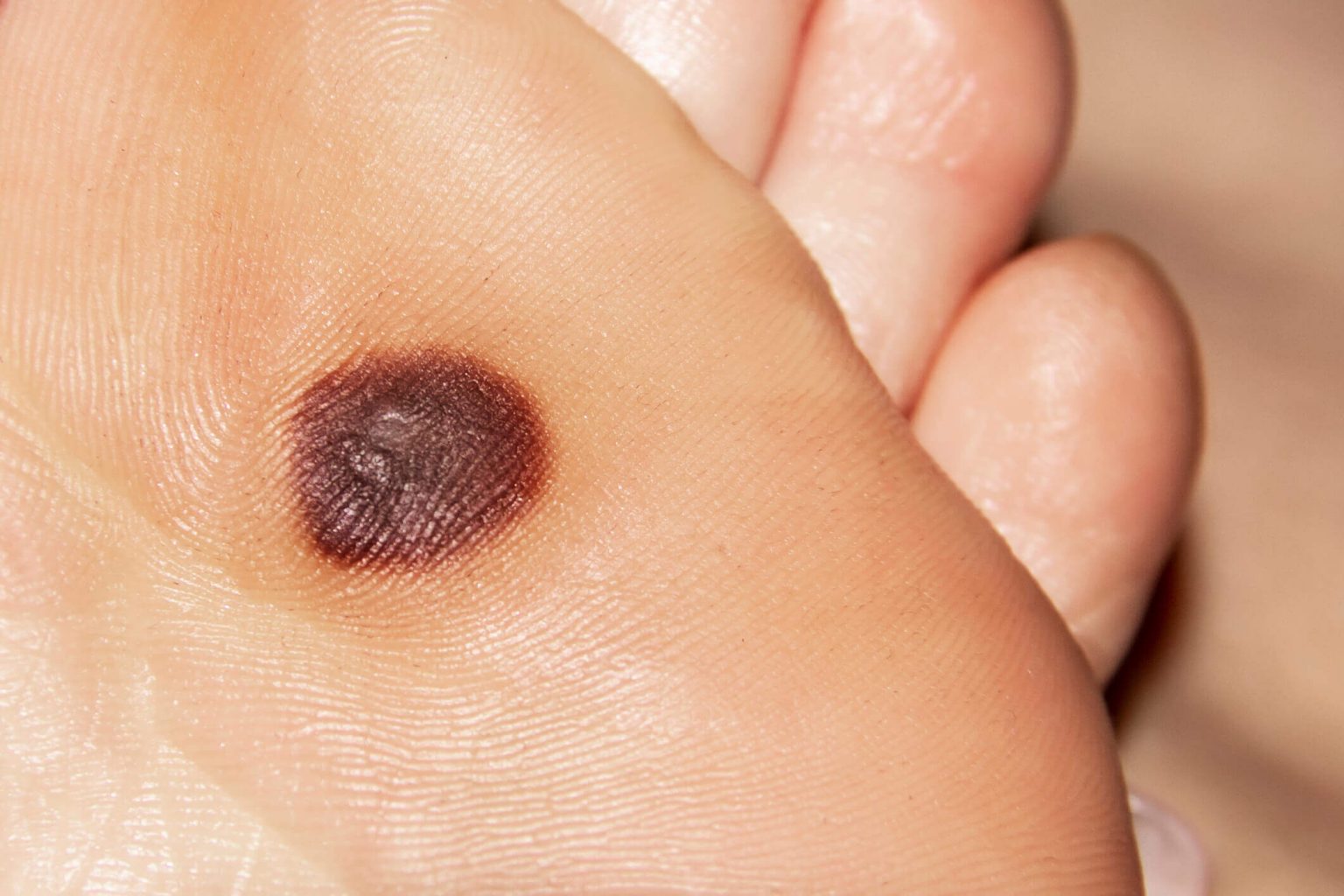
Contact Bryn Mawr Skin & Cancer Institute for a consultation about surgical dermatology in the Bryn Mawr, Newtown Square, and Philadelphia area. Visit the Contact Us page on our website or call 610.525.5028




